ART NOUVEAU ARCHITECTURE AND INTERIOR DESIGN + FURNITURE
ART NOUVEAU
Art Nouveau (French pronunciation: [aʁ nuvo], Anglicised to /ˈɑrt nuːˈvoʊ/) is an international philosophy[2] and style of art, architecture and applied art—especially the decorative arts—that were most popular during 1890..1905.[3] The name “Art Nouveau” is French for “new art”. It is known also as Jugendstil, German for “youth style”, named for the magazine Jugend, which promoted it, and in Italy, Stile Liberty from the department store in London, Liberty & Co., which popularised the style. A reaction to academic art of the 19th century, it is characterized by organic– especially floral and other plant-inspired– motifs, as well as very stylized, flowing curvilinear forms.[4] Art Nouveau is a philosophy of design according to which artists should work on everything from architecture to furniture, making art part of ordinary life.[5]
The style was influenced strongly by Czech artist Alphonse Mucha, when Mucha produced a lithographed poster, which appeared on 1 January 1895 in the streets of Paris as an advertisement for the play Gismonda by Victorien Sardou, featuring Sarah Bernhardt.[6] It popularized the new artistic style and its creator to the citizens of Paris. Initially named Style Mucha, (Mucha Style), his style soon became known as Art Nouveau.[7]
Art Nouveau was most popular in Europe and the British Islands, but its influence was global. Hence, it is known in various guises with frequent localised tendencies.[8] In France, Hector Guimard‘s Paris metro entrances were of art nouveau style and Emile Gallé practiced the style in Nancy. Victor Horta had a decisive effect on architecture in Belgium.[9] Magazines like Jugend helped publicize the style in Germany, especially as a graphic artform, while the Vienna Secessionists influenced art and architecture throughout Austria-Hungary. Art Nouveau was also a style of distinct individuals such as Gustav Klimt, Charles Rennie Mackintosh, Alphonse Mucha, René Lalique, Antoni Gaudí and Louis Comfort Tiffany, each of whom interpreted it in their own manner.[10][11]
Although Art Nouveau was replaced by 20th-century modernist styles,[12] it is considered now as an important transition between the historicism of Neoclassicism and modernism.[11] Furthermore, Art Nouveau monuments are now recognized by UNESCO with their World Heritage List as significant contributions to cultural heritage.[13] The historic center of Riga, Latvia, with “the finest collection of art nouveau buildings in Europe”, was included on the list during 1997 in part because of the “quality and the quantity of its Art Nouveau/Jugendstil architecture”,[14] and four Brussels town houses by Victor Horta were included during 2000 as “works of human creative genius” that are “outstanding examples of Art Nouveau architecture brilliantly illustrating the transition from the 19th to the 20th century in art, thought, and society”.[1]











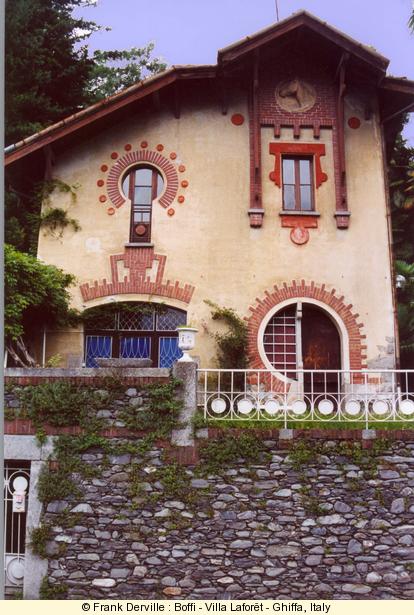


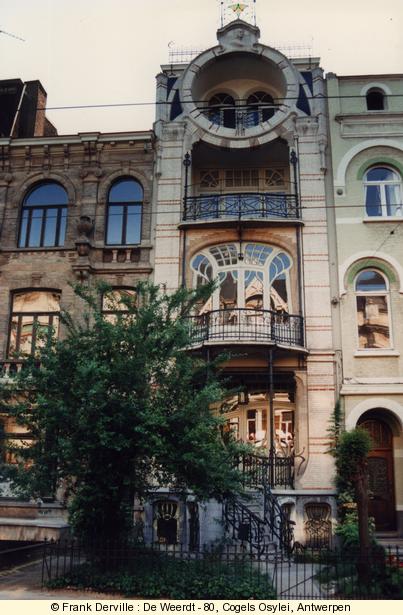












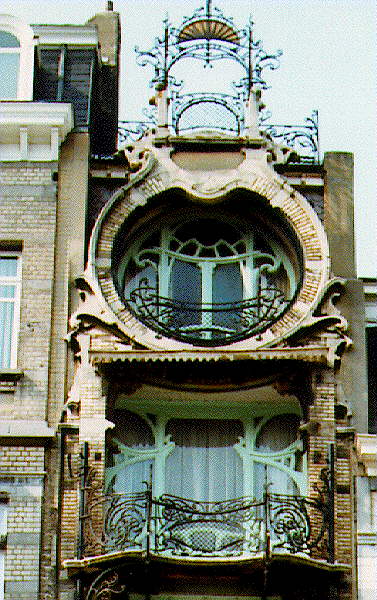




![400px-Riga_Jugendstil-Frauenkopf[1]](https://designinenglish.wordpress.com/wp-content/uploads/2011/04/400px-riga_jugendstil-frauenkopf1.jpg?w=950)


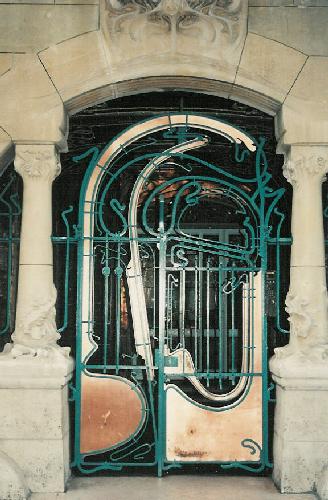



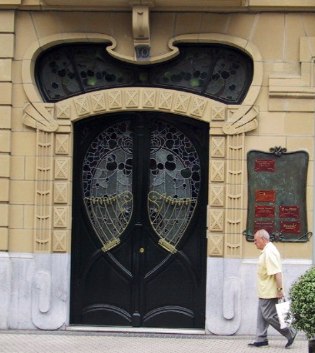


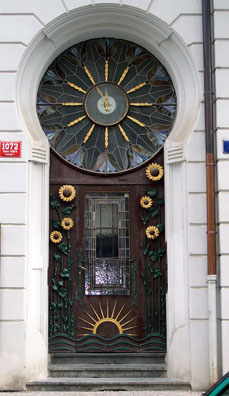



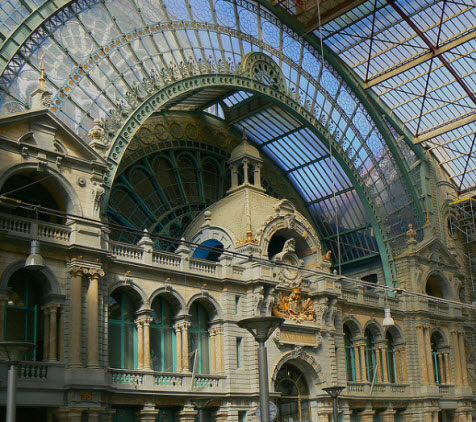
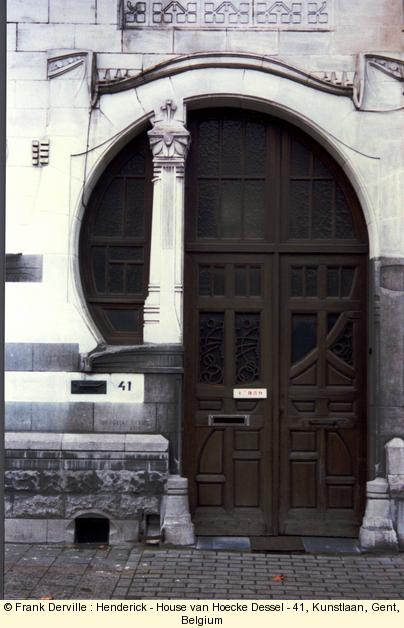
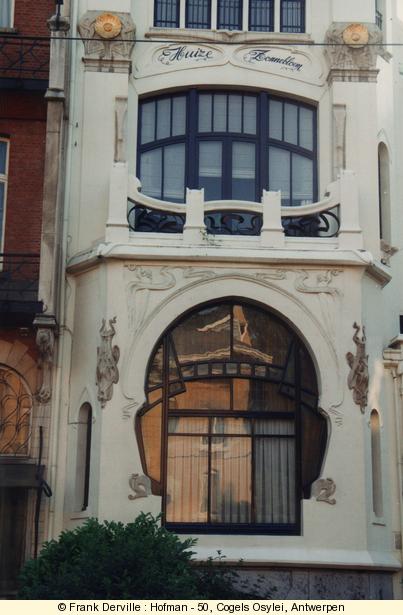




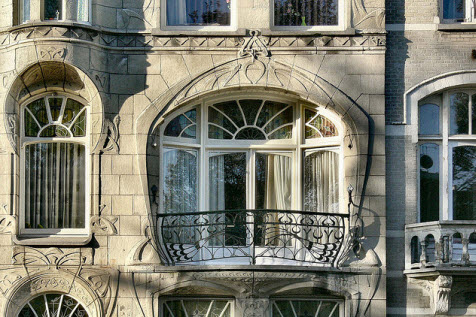


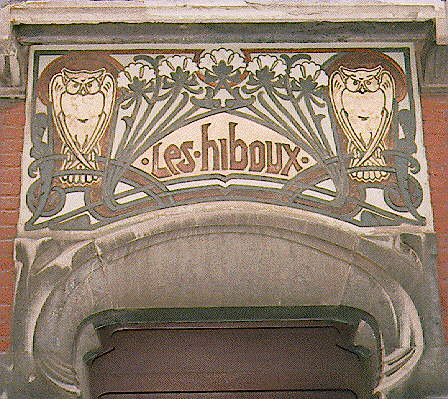











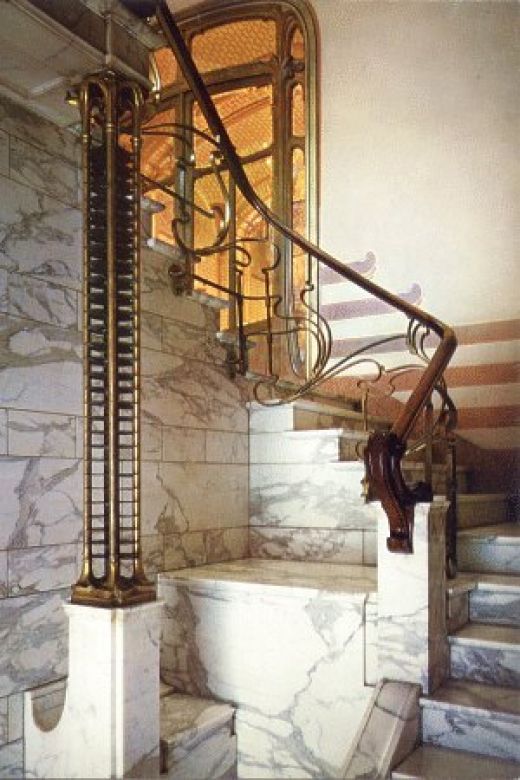


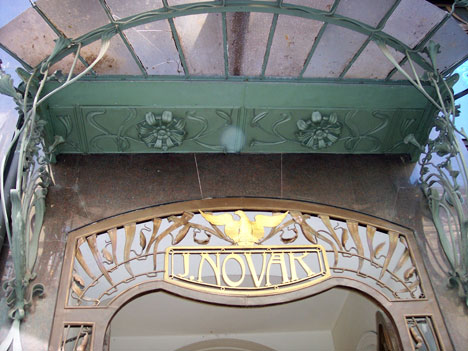



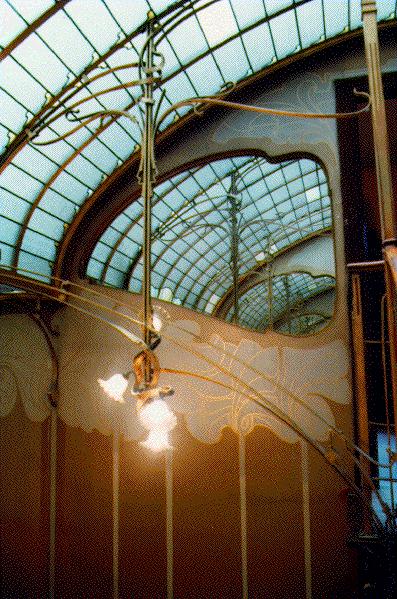



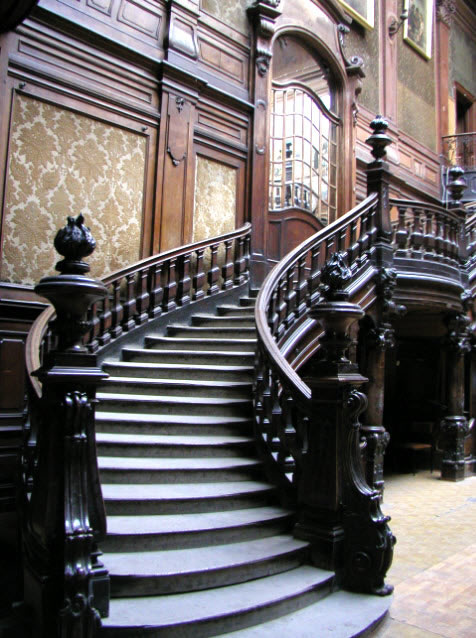



















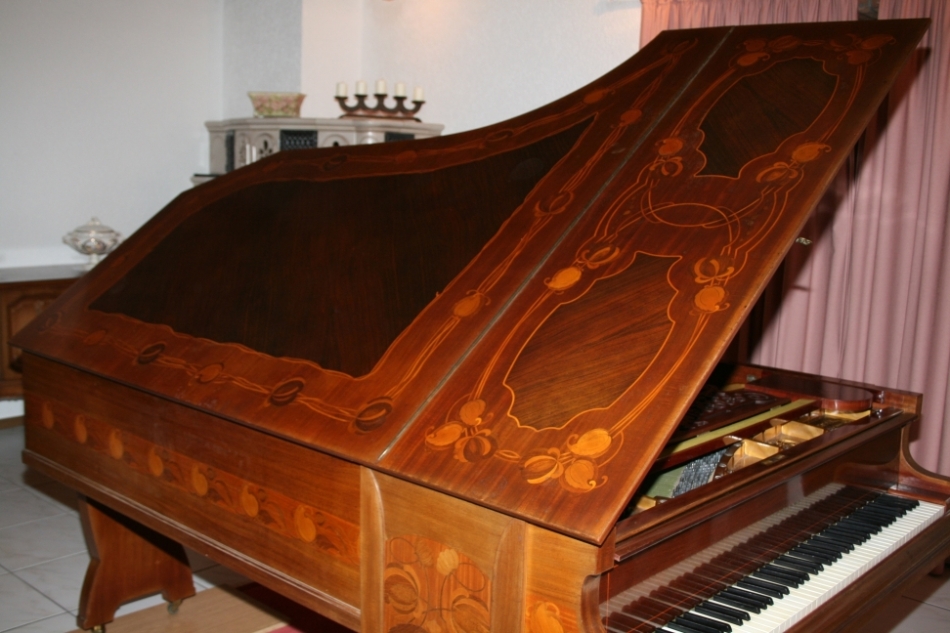


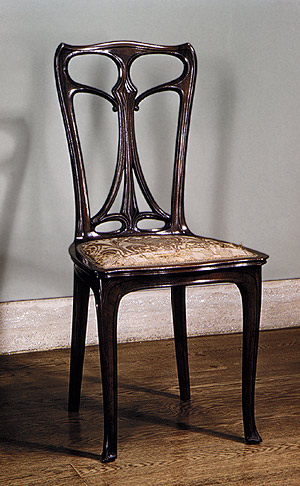






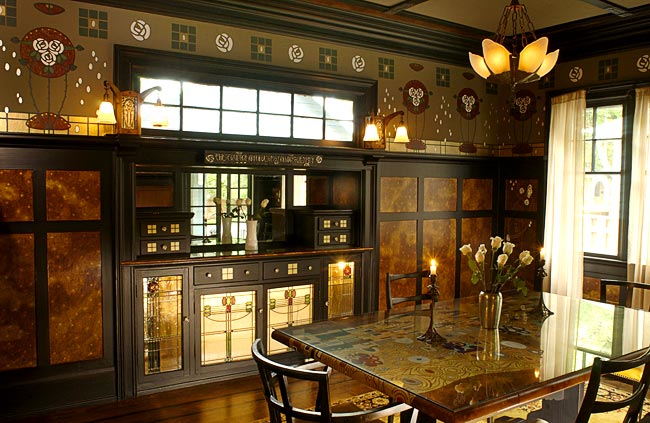
FABulous collection of pics! I share your love of Art Nouveau:) Thanks!
October 25, 2011 at 4:12 pm
ache muito legal
January 15, 2012 at 2:14 am
Breathtaking. Thank you for letting us see such a gorgeous collection.
April 30, 2014 at 3:35 am